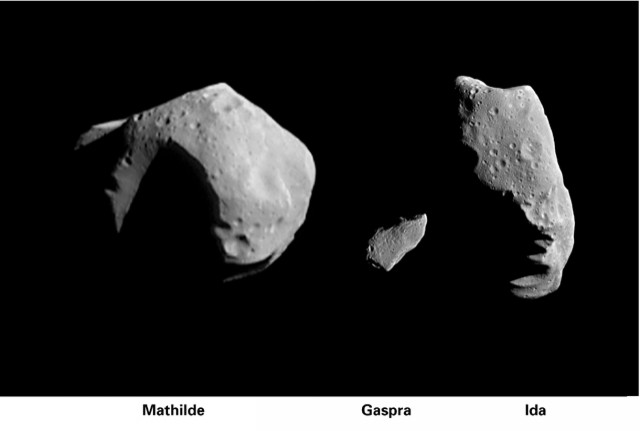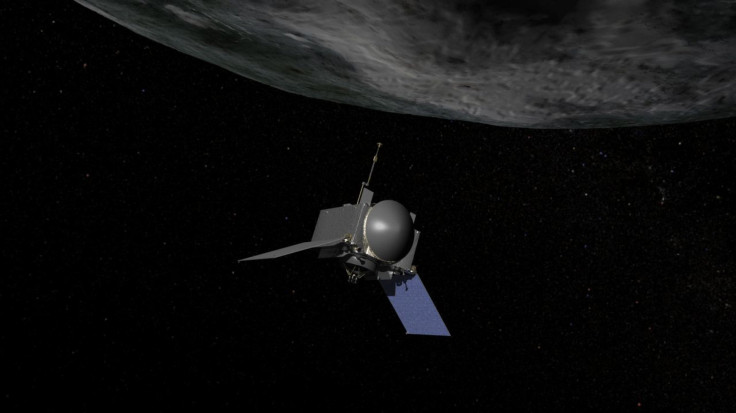NASA Sets Up New Mission To Learn How To Mine Asteroids, The Next Gold Rush?
Asteroids could potentially hold millions of dollars of metals and NASA wants to figure out how to mine these celestial bodies. The new mission will be exploratory and could help NASA find new techniques that would make mining an asteroid a reality.

Asteroids contain hundreds of pounds of rare metals that could be a boon to space prospectors, reports NASA. According to the space agency, asteroids could be a rich source of platinum, gold and rhodium as well as other metals such as nickel, iron and cobalt. There are also smaller asteroids that contain water, which could be incredibly beneficial to future space colonists.
With this vast potential, NASA wants to learn more and has set up the Origins, Spectral Interpretation, Resource Identification, Security and Regolith Explorer (OSIRIS-REx) asteroid sample return mission to discover the potential resources within these celestial bodies. As NASA points out, asteroids are would-be planets that never made it, a body of rock, dust and metal that was interrupted during its planet forming phase. There are hundreds of thousands of asteroids that vary in size and makeup that could be mined, based on resource demands.
For resources, NASA is interested in “S-type” and “M-class” asteroids. S-type asteroids get their name due to their stony composition and are fairly common. According to Dante Lauretta, from the University of Arizona and principal investigator of the OSIRIS-REx mission, a S-type asteroid, measuring 10 meters, 32 feet, in diameter could be a trove of metals, both common and rare. Lauretta said in a statement, “A small, 10-meter (yard) S-type asteroid contains about 1,433,000 pounds (650,000 kg) of metal, with about 110 pounds (50 kg) in the form of rare metals like platinum and gold.”
“M-class” asteroids are much rarer but contain ten times the amount of metal found S-type asteroids, reports NASA. “C-type” asteroids are the most common type of asteroid and are rich in carbon and water. According to the space agency, water is stored in these asteroids within hydrated clay minerals. For space colonists, a C-type asteroid could provide water, fertilizer and even rocket fuel, splitting water into hydrogen and oxygen, necessary for survival in the further reaches of space.
While the idea of mining an asteroid is attractive, as of now there are many obstacles that prevent such an endeavor. The cost of developing and launching a rocket and a mining mission to a nearby asteroid could cost billions of dollars while we are still at the very early stages of asteroid exploration.

NASA says its lacks the necessary experience need to map and isolate resources on an asteroid but OSIRIS-REx will serve as a first step. The exploratory asteroid mining mission will launch in September 2016 and will head to the asteroid Bennu, 1999 RQ36, arriving in October 2018. OSIRIS-REx will be equipped with three spectrometers measuring X-ray, visible and infrared light. The mission will create a map of Bennu’s composition, based on the material’s reflection, and select various sample sites. Researchers will be able to test the accuracy of the tools used in the mission and Lauretta says, “The mission will be a proof-of-concept – can you go to an asteroid, get material, and bring it back to Earth.”
The samples collected from the asteroid will aid in research and provide insights on planet formation within our solar system in addition to giving NASA some valuable experience. The mission will also provide insights on how the sun could affect near-Earth asteroids that could pose a threat to the planet
© Copyright IBTimes 2024. All rights reserved.





















